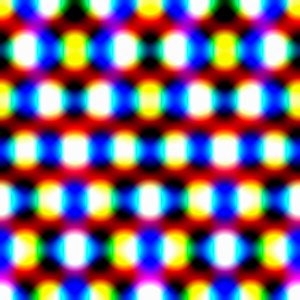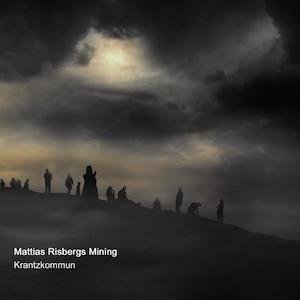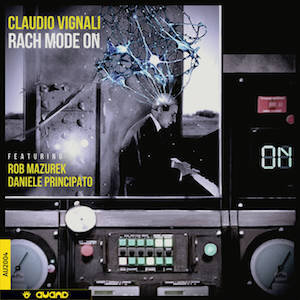Label: Pi Recordings, 2025
Personnel - Peter Evans: trumpet; Patricia Brennan: vibraphone; Miles Okazaki: guitar; Dan Weiss: drums.
Dan Weiss, a versatile drummer of unhinged creativity, gathers an ensemble of first-tier New York-based players—vibraphonist Patricia Brennan, guitarist Miles Okazaki, and trumpeter Peter Evans—and releases an eight-track album of intelligently composed music specifically envisioned with these brilliant artists in mind. Unclassified Affections follows the equally striking Even Odds (Cygnus Recordings, 2024), with its title drawn from Virginia Woolf’s novel.
Following a simple form, the title track opens with delightful vibraphone melodies that outline a perceptible chord progression. This texture is gradually enriched with acoustic guitar plucks and ethereal voicings, tear-streaked yet pulsating trumpet phrases, and ride cymbal swells, ultimately pared down by a snare-driven arrhythmia. In contrast, “Holotype” erupts with complex, viscerally vibrant rhythmic interplay as staccato phrases dart across a ceaseless cymbal gallop. Evans and Brennan engage in a dazzling parallel motion, held aloft with the precision of a gravity-defying juggler. The thrilling avant-garde aesthetic gives way to a solo drum passage that highlights Weiss’s rhythmic ingenuity before the piece returns conversationally to its hypnotic head.
“Perfection Loneliness” unfolds slowly in 5/4, imbued with a balladic quality following an enchanting vibraphone intro. The largely through-composed “Existence Ticket” delves into contemporary experimentalism, evoking a 21st-century take on Miles Davis fusion.
“Mansion of Madness” suggests a rock foundation through Okazaki’s distorted guitar but quickly evolves into something fractured, almost manic. The piece tapers into reflective abstraction, exuding boldness without fully igniting. Evans shines with pressure-cooked phrasing in a segment that flirts with electronica, and the piece closes with a heavy metal-like propulsion. “Consoled Without Consolation” offers polyphony and polyrhythmic insight with a formidable, occasionally syncopated drum beat running in the back, getting darker and denser during Evans and Okazaki’s conjoint crusade, and then quite poetic during Brennan’s solo statement.
Weiss’ greatness and versatility are categorically displayed in tracks like “Plusgood”, a vibrant excursion into African rhythms subtly tinged with Brazilian flavor—Evans even seems to mimic a cuíca—and the closer, “Dead Wail Revelry”, an astutely structured journey through shifting grooves and moods, steeped in the breath and depth of modern jazz language.
The closer you listen, the more exquisite detail emerges from the quartet’s interaction. Viewed in the context of his entire body of work, it’s clear that Weiss stands among the most compelling drummer-composers on the contemporary scene. Unclassified Affections is here to prove it.
Favorite Tracks:
01 - Unclassified Affections ► 02 - Holotype ► 04 - Mansion of Madness ► 07 - Plusgood






























